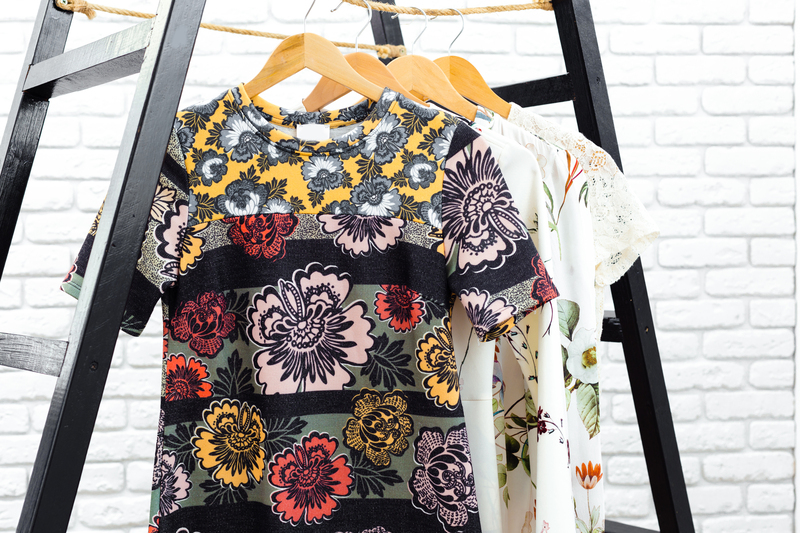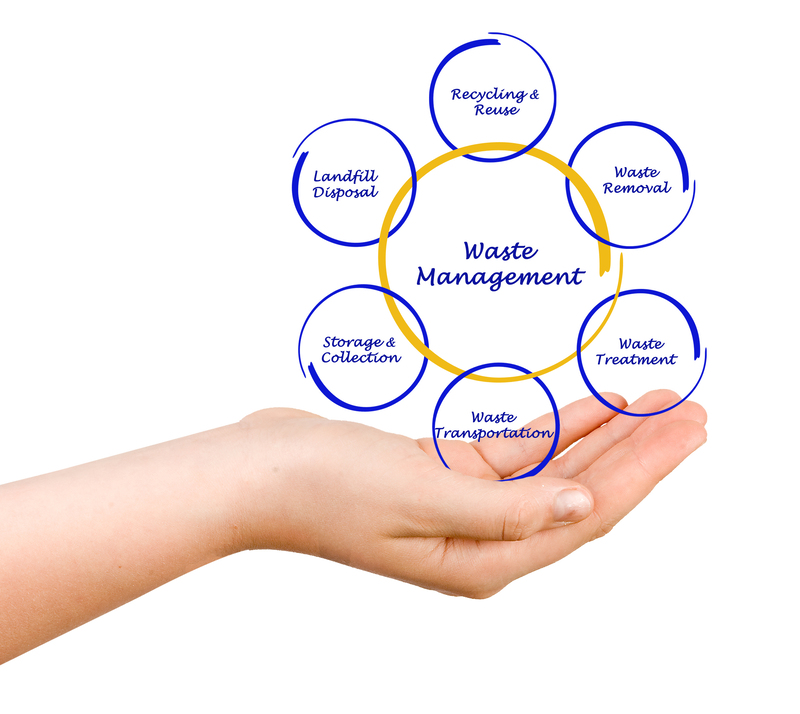Tips for Recycling Cookware Without Harming the Environment
Almost every kitchen will eventually face the dilemma of what to do with old, scratched, or damaged pots and pans. While tossing them in the trash seems easy, it's essential to consider eco-friendly solutions that reduce landfill waste and support a sustainable future. Luckily, there are smart and effective ways to recycle cookware without harming the environment.
Why Sustainable Cookware Recycling Matters
Cookware recycling prevents non-biodegradable metals and synthetic materials from stacking up in landfills. Many pans are made from materials like aluminum, stainless steel, copper, and non-stick coatings, which can take centuries to break down. Moreover, improper disposal may release toxins into the groundwater and soil.
- Reduces landfill waste
- Conserves resources by enabling reuse
- Lowers the environmental impact from mining and manufacturing
Through proper recycling and disposal of kitchenware, you help conserve natural resources, save energy, and minimize your environmental footprint.

Understanding Cookware Materials
The first step to eco-friendly cookware recycling is knowing what your items are made of. Common kitchen pans and pots are manufactured from:
- Stainless steel
- Aluminum
- Copper
- Cast iron
- Ceramic
- Non-stick (Teflon or PTFE-coated)
- Enamel-coated metals
- Glass
Some of these materials--like aluminum, steel, and copper--are highly recyclable if separated and processed correctly. However, pieces containing mixed materials, plastic handles, or non-stick coatings require particular attention.
1. Evaluate Condition: Can You Reuse or Repurpose Instead?
Before considering recycling, ask if your cookware truly needs to be disposed of. The greenest solution is always to extend the item's lifespan. Consider these reuse ideas:
- Donation: If your pans or pots are still safe and functional, many charities, shelters, thrift stores, or community kitchens will gratefully accept them.
- Upcycling: Transform your cookware into planters, organizers, bird feeders, or decorative items. Cast iron skillets, for example, make sturdy plant pots.
- Garage sales and swaps: Someone else may find value in what you no longer use.
By maximizing use, you reduce the demand for new cookware and delay entry into the waste or recycling stream.
2. Remove Non-Metal Components
To recycle pots and pans responsibly, start by disassembling as much as possible.
- Detach plastic, silicone, or wooden handles using a screwdriver.
- Remove glass lids and any rubber parts.
- Separate different materials (e.g., cast iron body & metal screws).
3. Understand Local Recycling Regulations
Contact your local recycling center or municipal waste facility before dropping off cookware. Every region has unique rules about accepting different household metals and materials, especially with non-stick coated cookware. Ask about:
- If they accept old pans or pots directly
- Whether coatings (PTFE, ceramic) or attached handles are problematic
- Details on drop-off schedules and packaging requirements
Never place cookware directly in regular curbside recycling bins unless explicitly allowed by your provider--most kitchenware can jam sorting machinery or contaminate other recyclables.
Special Considerations for Non-Stick and Teflon Coatings
Non-stick pans (like Teflon, PTFE, or ceramic-coated items) are trickier to recycle. The coatings can be toxic and usually must be removed for the metal to be accepted. Here's what to do:
- Check if the manufacturer has a take-back program.
- Inquire about "scrap metal" recycling in your area willing to accept coated items.
- If not recyclable, consider reuse or upcycling before disposing of as waste.
4. Find Scrap Metal Recyclers
Most metal cookware recycling is handled by scrap yards or specialized recyclers, not curbside bins. Here's how to proceed:
- Search online or use platforms like Earth911 to locate local scrap metal facilities.
- Confirm they accept kitchenware made from steel, aluminum, or copper.
- Ask about preparation--some want the cookware fully stripped of coatings, handles, or non-metal elements first.
Don't forget: You may even earn a small fee for recyclable metals!
5. Manufacturer Take-Back Programs and Buybacks
Some cookware brands are becoming increasingly eco-conscious and offer take-back or recycling programs for their products. Major brands like Le Creuset, Calphalon, and GreenPan have at times accepted old cookware for responsible recycling. Here's how to take advantage:
- Check the manufacturer's website for recycling or trade-in details.
- Look for "send-back" or return labeling instructions.
- Participate in sustainability-focused buyback events or retail promotions.
Participating in official take-back schemes ensures the cookware is recycled per industry best practices.
6. Responsible Disposal for Non-Recyclable Cookware
Sometimes the materials or coatings can't be safely recycled. In those cases:
- Check if your community runs household hazardous waste events to dispose of problematic items.
- Contact local e-waste centers (occasionally, they accept synthetic-coated metals).
- As a last resort, dispose of non-recyclable cookware in the landfill, making sure it's not mixed with normal recyclables.
Whenever possible, try to minimize sending cookware to landfill through reuse or specialized disposal routes.
7. Choosing Eco-Friendly Cookware in the Future
The best way to ensure easy recycling of kitchenware later is to buy wisely now:
- Seek stainless steel, cast iron, or plain aluminum pans without coatings or mixed materials.
- Avoid unnecessary plastic or non-stick layers unless you're certain of safe disposal methods.
- Choose durable, long-lasting brands--a high-quality pan used for decades is far greener than frequent replacements.
- Consider brands with lifetime warranties and recycling commitments.
By buying better now, you reduce waste and simplify future recycling efforts.
More Creative Ways to Give Old Kitchenware New Life
Even if your cookware is no longer fit for its kitchen purpose, get creative:
- Garden Planters: Use pots, pans, or metal bowls as unique plant containers.
- Bird Baths or Feeders: Upside-down lids or pans can serve as bird baths or feeders in your yard.
- Wall Art: Group striking pieces on a wall for an industrial-chic look.
- Tool Storage: Deep pots make handy storage for garage tools or craft supplies.
- Candle Mold: Pour wax into an old pan to create homemade candles.
Upcycling not only diverts waste from landfill but also sparks creativity!
Common Mistakes to Avoid in Cookware Recycling
For successful and environmentally-safe recycling, steer clear of these pitfalls:
- Placing cookware in standard curbside bins: Most municipal systems can't handle kitchenware, which may cause system blockages or contamination.
- Not separating materials: Leaving plastic handles or glass lids attached makes recycling harder and wastes recyclers' time.
- Recycling non-stick pans without checking rules: These often have toxic coatings that must be treated separately.
- Sending cookware to landfill prematurely: Reuse, repurpose, or try specialized recycling first!
Eco-Friendly Alternatives to Traditional Cookware
Ready to buy new pans? Consider these earth-friendly choices:
- Recycled Stainless Steel: Many modern pans are manufactured from recycled steel--look for those certifications.
- Cast Iron: Incredibly durable, naturally non-stick with seasoning, and easily recyclable.
- Ceramic and Glass: Free from synthetic coatings, generally safe, and recyclable in specialized facilities.
- Bamboo Utensils: Fully compostable and a great choice for eco-friendly kitchens.
Reduce your future recycling burden by choosing longer-lasting, healthier materials that minimize environmental harm.

Frequently Asked Questions (FAQ) About Recycling Kitchenware
Can old Teflon or non-stick pans be recycled?
Usually only the underlying metal is recyclable--coatings typically are not. Always ask your recycling center about their policy for non-stick materials.
Can I put old pots and pans in my curbside recycling?
Most curbside recycling programs do not accept cookware. Use a scrap yard or specialized recycling service instead.
How should I prepare cookware for recycling?
Remove all plastic, wooden, or glass components. Clean the cookware if possible. Check your recycler's rules about coatings.
What's the safest way to dispose of cookware that can't be recycled?
If reuse or recycling isn't possible, contain the item securely and use your community's hazardous waste service or landfill drop-off.
Conclusion: Recycling Cookware the Green Way
Recycling cookware without harming the environment takes a bit of research and preparation, but the payoff is significant. By extending the life of your pots and pans, separating materials, working with the right recyclers, and buying smarter next time, you'll reduce waste and make a real difference.
Think twice before throwing away your old kitchenware--with these tips, you can give them a second life or ensure they're handled in the most eco-friendly way possible.
- Reuse or upcycle whenever you can
- Remove mixed materials for efficient recycling
- Check local and manufacturer recycling options
- Invest in sustainable cookware for the future
Together, we can all cook up a greener, cleaner planet!